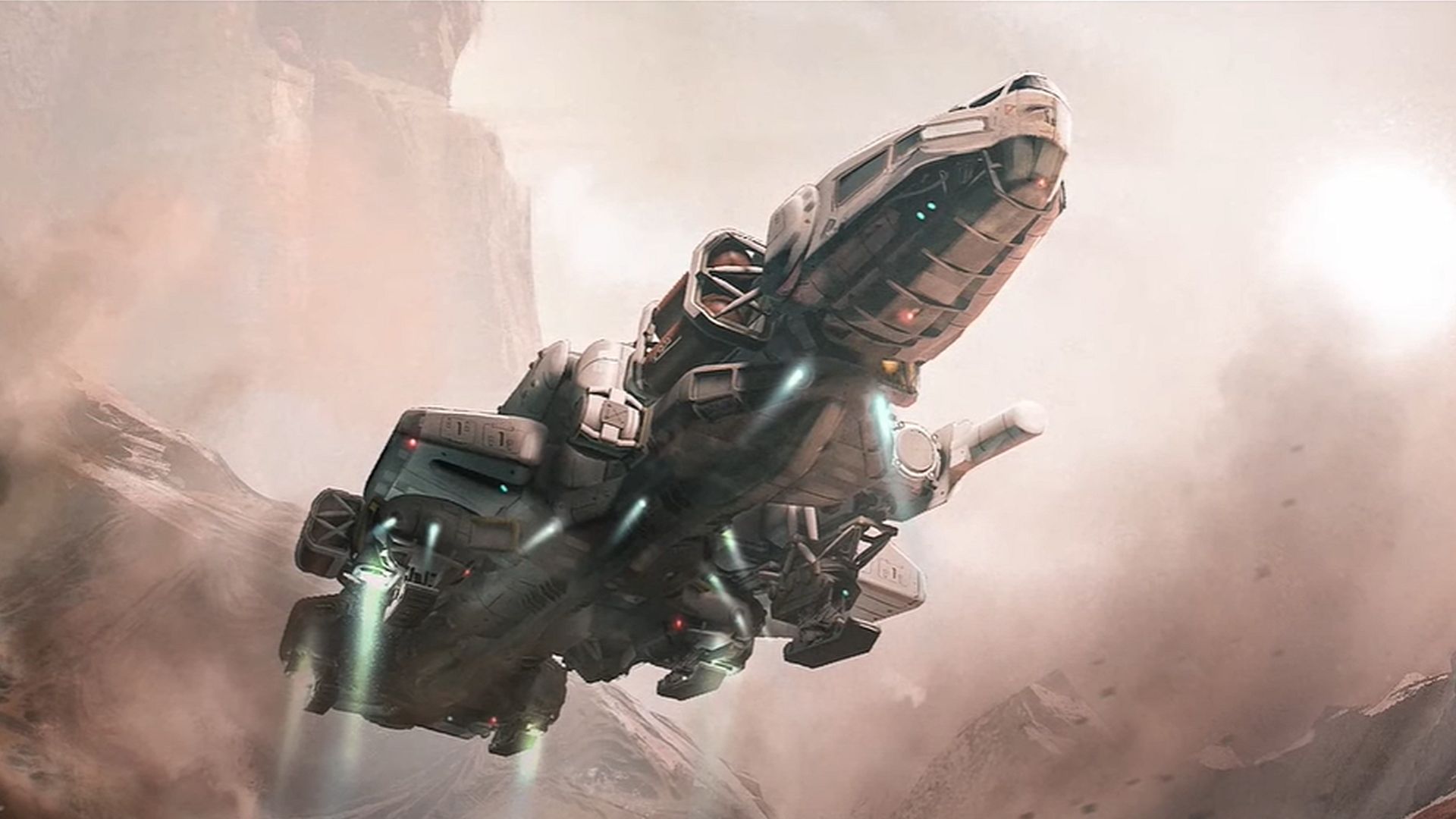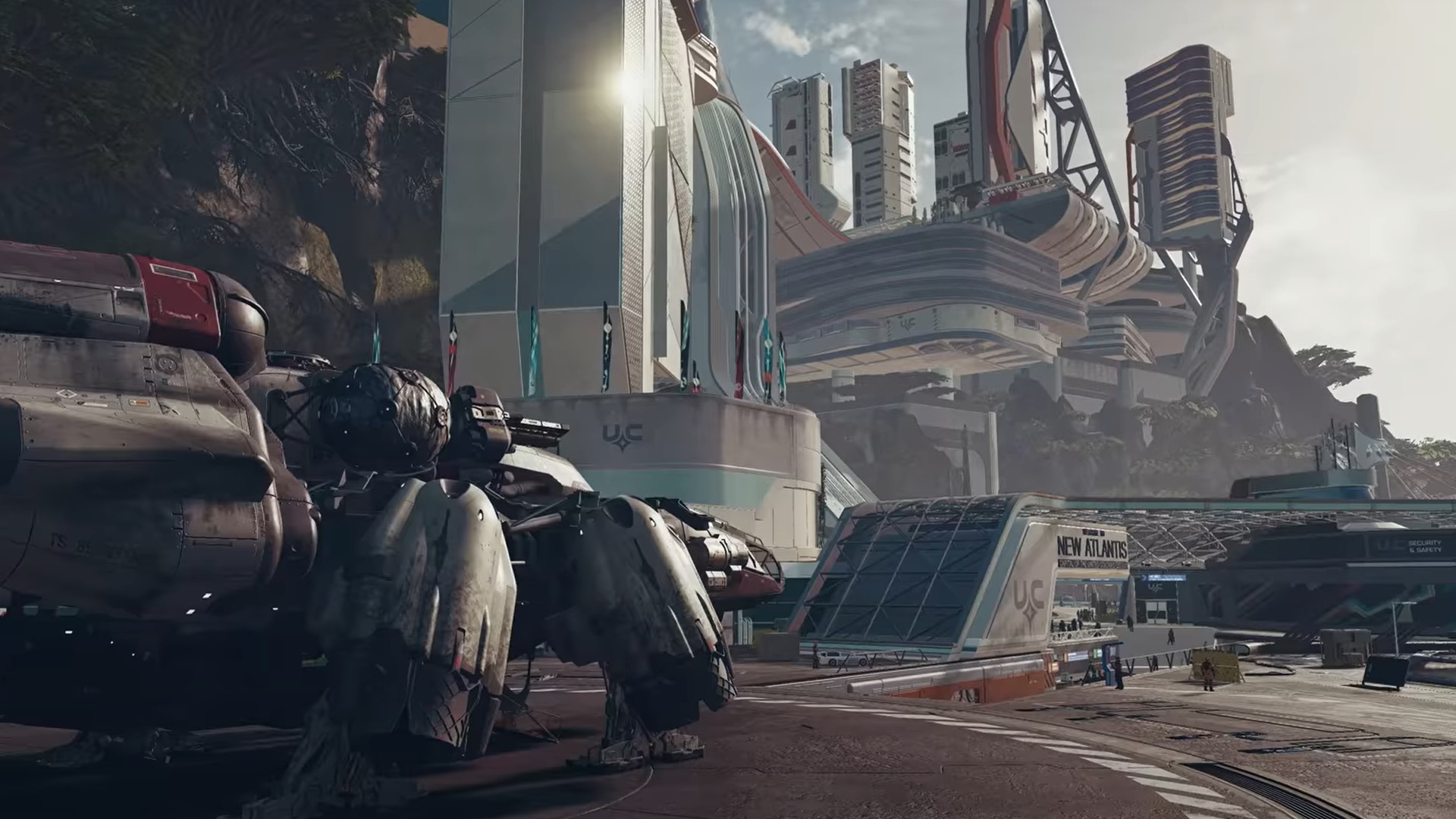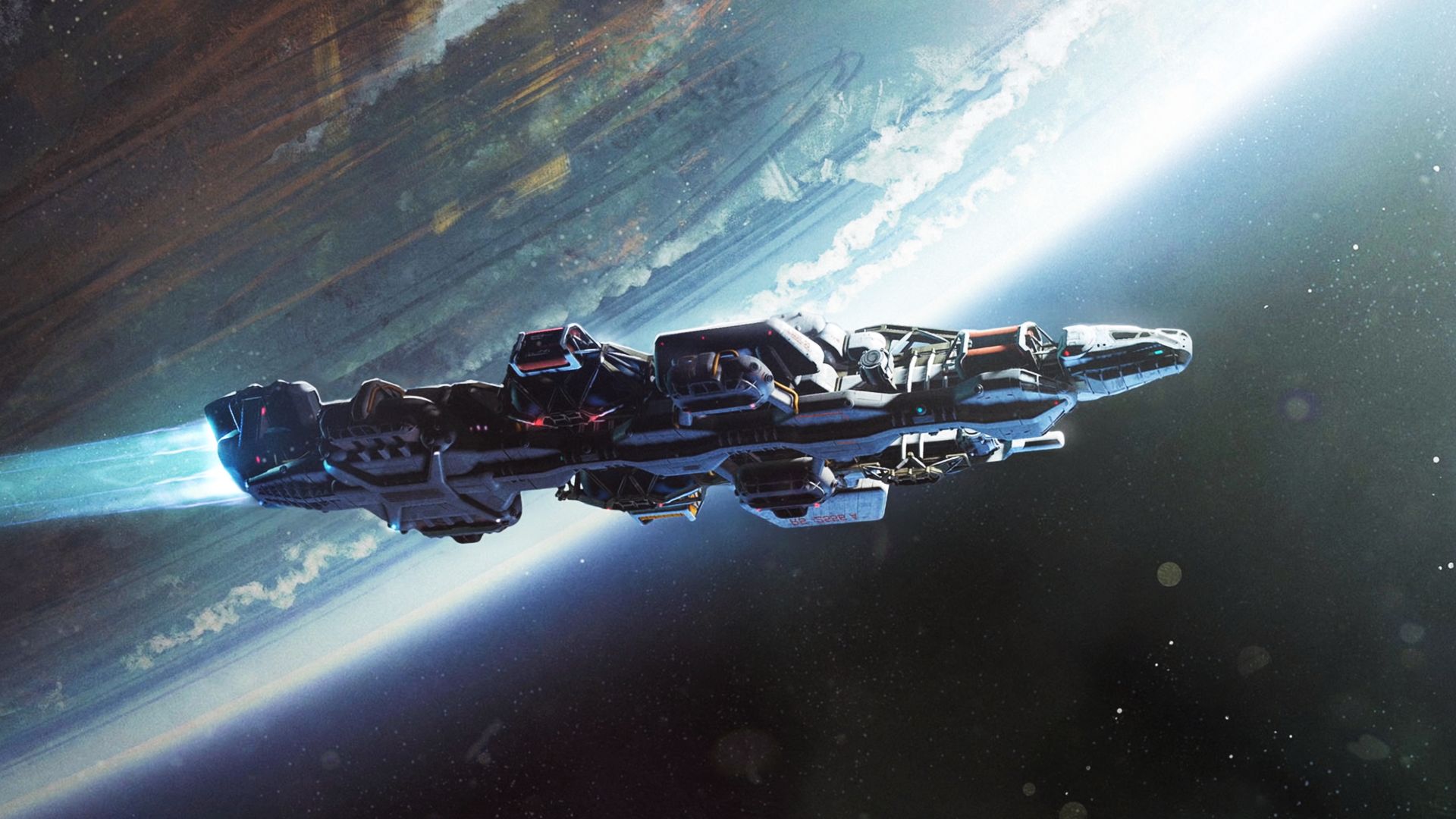Starfield might finally bring me around to Bethesda
I’m ready for a space adventure

There are always sacrifices when you’re a big gamer – especially if you love lengthy JRPGs. There’s only so many hours in the day for playing, so you make decisions on what to install and what to avoid. Whole branches of gaming can go unexplored, for me that’s meant Bethesda.
I’m a big science fiction fan, yet Fallout's post-apocalyptic setting never interested me. Maybe I arrived late, but exploring a nuclear wasteland feels like an overdone trope at this point. As for The Elder Scrolls, well, that honestly never truly clicked. I tried Skyrim, gave it a fair go, but didn’t feel much for it. Not even the fishing could sway me, and as a JRPG fan, I knew then that something was deeply wrong.
But, for the first time, I’m excited about a Bethesda game.
It’s not thanks to Starfield’s appearance in the Xbox and Bethesda showcase. We briefly saw the gunplay, the extensive customization options for your character and spaceship, planetary exploration, and so on. While it looked fun, it wasn’t compelling to me. I don’t think Bethesda games demo particularly well during showcase events as these experiences ask for a significant time investment, but even then, it wasn’t hooking me.
To boldly go

What drew me in came afterward. I’ve been reading up on what we know about Starfield’s story, and I’ve been slowly drawn in. Starfield’s premise takes place 300 years into our future. Humanity has long gone beyond Earth, reaching across the universe. Split between rival factions, an uneasy peace between the United Colonies and Freestar Collective following a war sets the scene. Soon after we begin, our protagonist signs up to join Constellation, the last group of dedicated space explorers in the Settled Systems. Our goal is to locate artifacts across this expanse, even if that means clashing with rival groups along the way.
It may not be an original premise, but I’m fascinated by the potential. It reminds me of older sci-fi novels, where humanity would race to the stars, explore these new frontiers, and discover the mysteries it truly holds. I’m intrigued that much of the exploration has been done by explorers who came before you. It’s like continuing the race after the leader has repeatedly lapped you. The result is decided, that title fight’s over, and still we march.
Starstruck

It also taps into my love of astronomy. I remember nights observing other planets through the backyard telescope and what felt like a personal affront when the International Astronomical Union tripped Pluto’s status as a planet. Thanks to space probes and decades of observation and probe launches, we’ve seen much of what’s out there. However, humanity is still yet to step anywhere beyond the Moon. All of our observations only scratch the surface.
Perhaps that’s why Starfield’s setting feels so exciting to me. The thought of 1,000 explorable planets across 100 systems might be daunting to some, never mind the inevitable trove of side quests that’ll come with them, but I’m on board.
Get daily insight, inspiration and deals in your inbox
Sign up for breaking news, reviews, opinion, top tech deals, and more.
My backlog’s already screaming at the thought, but when Starfield drops, I’ll try it. Thanks to Xbox Game Pass, I can do that with minimal risk, too. It’s getting harder to justify £70 RRP for new games right now, but that’s a talk for another time. After seven years of development, I want to see whether Bethesda’s grand ambition has paid off, and for everyone on staff, I certainly hope it has.
Henry is a freelance writer based in Bournemouth, United Kingdom. When he's not wandering in VR or burning through his RPG backlog, he's probably planning his next D&D session.
